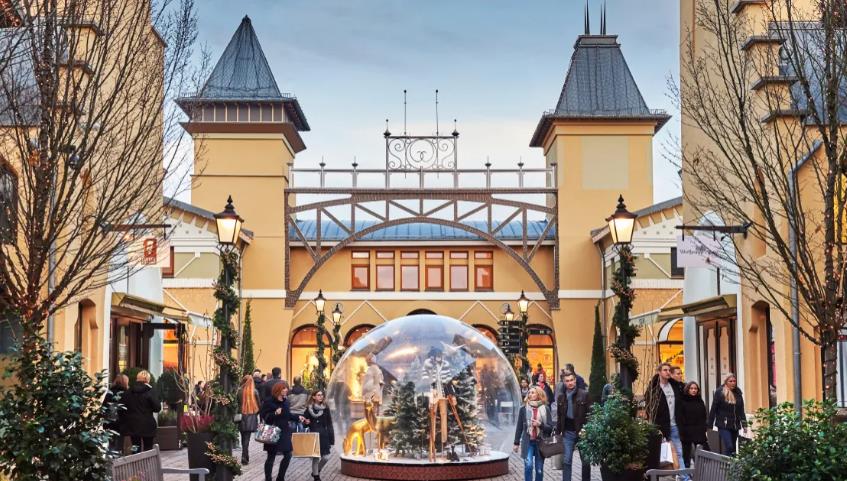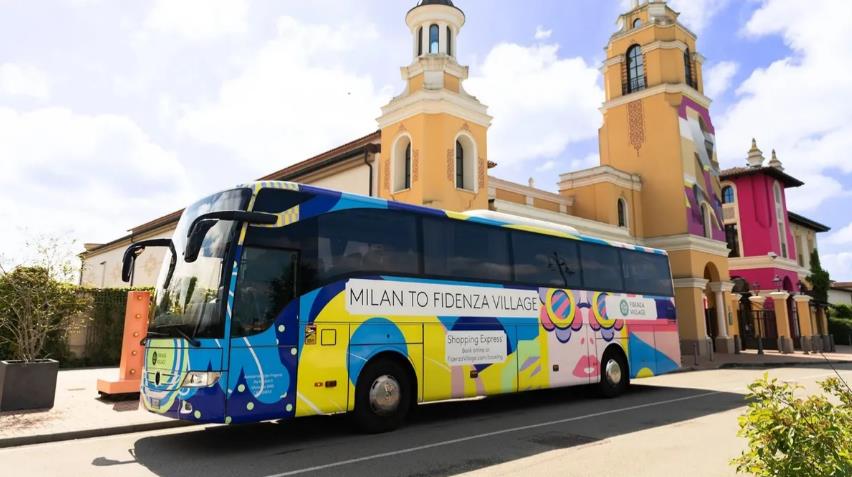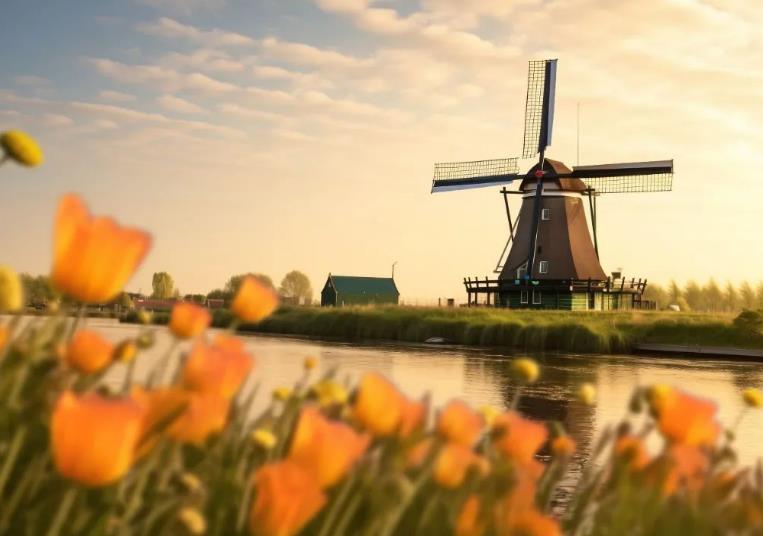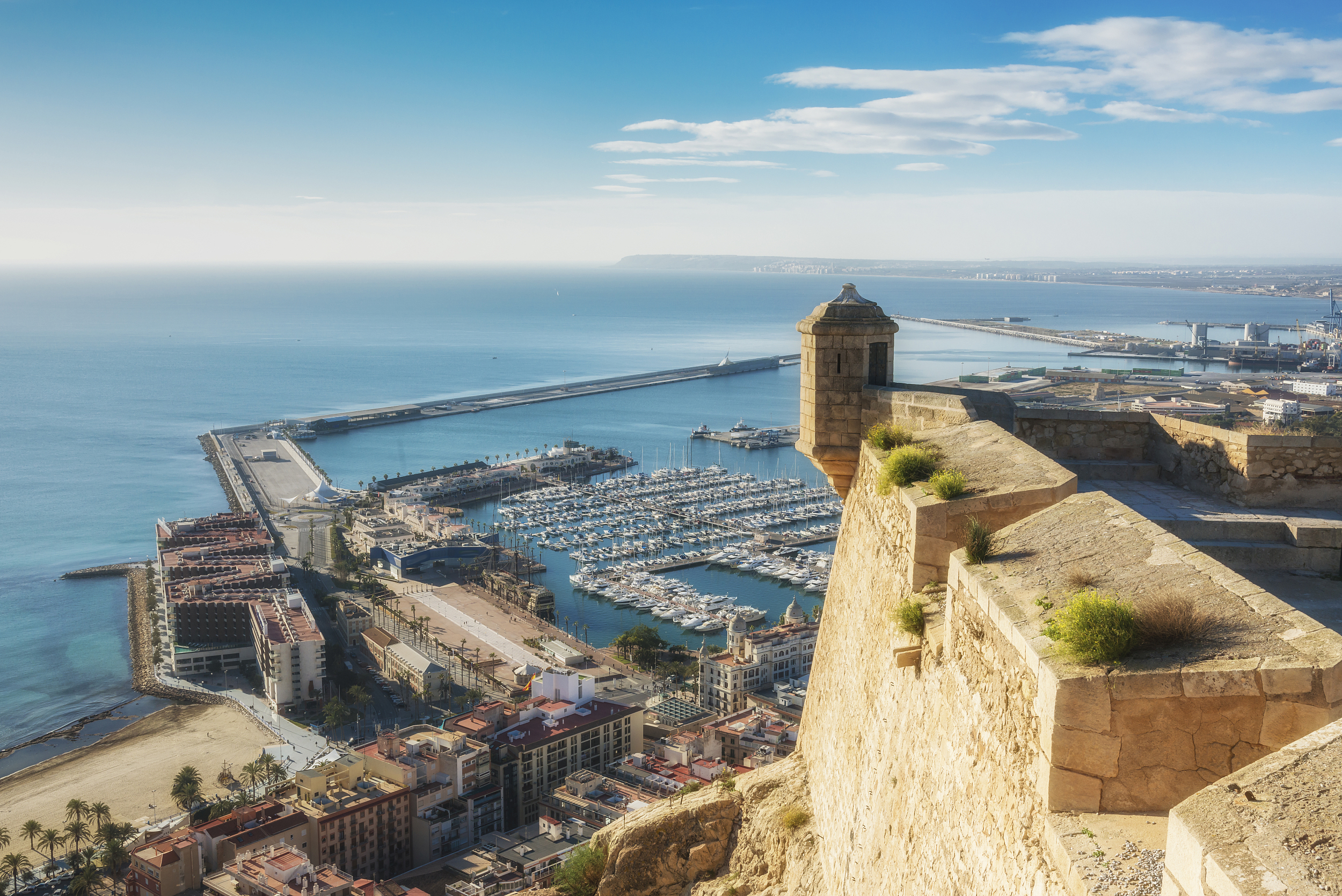https://bh.trip.com/moments/destination-murcia-1787/
App
Customer Support
Find Bookings
2025 Murcia Travel Guide: Must-see attractions, popular food, hotels, transportation routes (updated in July)
Murcia今日天氣
Clear 23-41℃
All Trip Moments about Murcia
nter Iberian Road Trip—Almond Blossom Chapter
When the winter rains and cold winds sweep across the northern hemisphere, the normally dry Southern Europe bursts into vibrant life. From one city to another, it is both a solitary journey and a feast for the eyes. What makes it solitary is the vast land; with just over 40 million people in Spain, nature's rivers and mountains dominate the landscape, sparsely populated by humans. What makes it a feast for the eyes is the varied terrain and vegetation; nourished by the rain, the land shifts from dry to moist, and all living things begin to thrive. 2. Almond Blossom Chapter On the road from Granada to Valencia, through the northern part of Andalusia and the region of Murcia, this year's Spain is indeed experiencing a warm winter. The almond trees, which typically bloom in March and April, have already blossomed abundantly in mid-February this year. At the foot of the continuous mountains, vast expanses of almond blossoms bloom, exuding such a sense of spring! It reminds one of the blooming peach blossoms in Linzhi that year! With the car on the road and the person in the midst of a painting, this is a road trip not to be missed. A few photographs can only capture a trivial fraction of the beauty; I hope everyone can go and see for themselveS@ph1r3_W1tch3The Plaza
The Plaza de España ("Spain Square", in English) is a plaza in the Parque de María Luisa (Maria Luisa Park), in Seville, Spain, built in 1928 for the Ibero-American Exposition of 1929. It is a landmark example of the Regionalism Architecture, mixing elements of the Baroque Revival, Renaissance Revival and Moorish Revival (Neo-Mudéjar) styles of Spanish architecture.Nyiko Taylor Mdhluli15Cartagena’s Got Layers, Ruins, Seaside, and Vibes
#summervacay Cartagena in Murcia Province is one of those places that quietly blows your mind. It’s got this cool mix of ancient Roman ruins, colorful streets, and laid-back coastal vibes that just work so well together. You can be sipping coffee on a sunny terrace one minute and then, you’re standing in front of a freaking Roman theater. Like, full-on ruins right in the middle of town. No big deal. The history here is wild, but it doesn’t feel stuffy. It’s more like “Hey, we’ve been around forever, come hang out.” The harbor is gorgeous too, perfect for a chill stroll or grabbing a bite with sea views. The town has that clean, breezy feel and the kind of spots where you can just wander with zero plan and stumble on something cool. Shops, tapas, old forts, cute balconies, Cartagena is low-key packed with character. Not too touristy, just enough buzz. Totally recommend if you want a mix of history and chill.rizkiririEasy transfers back through trip.com
leestoLove cruising
We love to cruise all over the world. The longer the cruise is the better. Love sea days, so we can “nua” in the ship. I also love go different ports that near to city and able walk to the city without any hassle. Most european and US ports are the ones near to city which do not need shuttle bus or taxi to go them. Some port area also nice scenery to walk around without going to city. #cruiseholidayFelixLow61Medieval Painting
Spanish Mediterranean Coast Tour ~ Murcia (Region) The museum offers a journey back in time, with artworks from the 15th century and houses paintings from different periods and styles. The gallery houses an important artistic heritage, including canvases dating back to the Middle Ages as well as genre and decorative paintings. In its rooms you can admire paintings by Joaquín Sorolla and Romero de Torres, as well as other Spanish painters of different periods and origins. #JanuaryDestinations2025 #SpainTravel #MurciaAlyssa KeirA 16th-century Renaissance-style Catholic church
Spanish Mediterranean Coast Tour ~ Murcia (Region) It has three naves with a hall plan and four ribbed columns in the Ionic style supporting the rib vault that covers the interior of the church. It also has seven affiliated churches. Inside, the main altarpiece is striking, in Baroque style, and comes from the Jesuit church in Caravaca. From the outside, its Renaissance facade is striking, in the shape of a triumphal arch, decorated with pilasters and Ionic half-columns, in addition to the Order of Santiago and the shield of the Caravaca Council. The bell tower used as a church prison is also noteworthy. #JanuaryDestinations2025 #SpainTravel #MurciaAlyssa KeirMuseum dedicated to the Caravaca de la Cruz Wine and Horse Festival
Spanish Mediterranean Coast Tour ~ Murcia (Region) It is located in the old manor of the Muso Melgarejo family, an 18th-century Baroque building. The festival is celebrated on May 2 and sees 60 horses dressed in luxurious harnesses and decorated with embroidery work gather in the city, ending with a traditional race. The museum features several pieces embroidered with silk, rhinestones, and gold and silver beads, in addition to exploring the history of the tradition throughout the 20th century. #JanuaryDestinations2025 #SpainTravel #MurciaAlyssa KeirWorld Music
A trip to the Mediterranean coast of Spain ~ Murcia (Region) The building is located in an old flour mill, a very interesting museum that presents native music through musical instruments, especially music from all over the world, and its room is dedicated to the Yagua people and the return of their musical instruments. The collection showcases instruments from 145 different countries, acquired since the 1970s, representing cultures from around the world. #JanuaryDestinations2025 #SpainTravel #MurciaAlyssa KeirChurch in the castle
Spanish Mediterranean Coast Tour ~ Murcia (Region) The building was originally an Islamic building and has been rebuilt many times. Inside is a crucifix believed to be miraculous, the Santísima Vera Cruz de Caravaca. Veracruz Cathedral is famous for its Baroque facade made of local marble that was added in the 18th century. It is located within the walled enclave of the Royal Alcázar, a former fortress of the Knights Templar and later the Order of Santiago, which now boasts 14 towers of varying sizes and shapes. #JanuaryDestinations2025 #SpainTravel #MurciaAlyssa KeirMonteagudo Fortress
Spanish Mediterranean Coast Tour ~ Murcia (Region) The Castello Palace was built in the mid-12th century next to the Monteagudo Fortress. Apparently, this was a magnificent but short-lived luxury residence, as it was razed to the ground by the Almohads just a few years after it was built. It is located on top of a hill, from where you can enjoy a great view of the plains. For centuries its state was that of ruins, but some of its walls still stand, allowing us to imagine its structure and grandeur. #JanuaryDestinations2025 #SpainTravel #MurciaAlyssa KeirReligious Art in the Imperial Palace
Spanish Mediterranean Coast Tour ~ Murcia (Region) The museum includes the archaeological and architectural remains of the closed convent of Santa Clara and the old royal palaces of Moorish and Christian styles. Highlights include the decoration of the courtyard and arches. There is a section dedicated to art and archaeology from the Al-Andalus period and another section dedicated to religious art. The first displays a collection of ceramics and utensils from different periods of Islam in Andalusia. The second has many examples of religious art and illustrates the history of the religious community of the Santa Clara Monastery. #JanuaryDestinations2025 #SpainTravel #MurciaAlyssa KeirIberian traditions
Spanish Mediterranean Coast Tour ~ Murcia (Region) It contains one of the most complete collections of Iberian archaeology in Spain, including artifacts from various sites in the Murcia region. The permanent exhibition consists of 16 rooms that take you through prehistory, from the Paleolithic to the Bronze Age. In addition to the numerous examples of Iberian art, the works of El Argar (1900-1100 BC) stand out, found in different sites in the region. The tour also includes temporary exhibitions and educational learning workshops open year-round. #JanuaryDestinations2025 #SpainTravel #MurciaAlyssa KeirFlorida Blanca Gardens is located in the most typical neighborhood of Murcia
Spanish Mediterranean Coast Tour ~ Murcia (Region) The gardens are a product of the 19th century romantic style, the last remnants of which are large specimen banyan trees lining the central path. The gardens are currently an avenue that leads from the entrance closest to the Plaza de Camachos to the statue of José Moñíno, Count of Floridablanca, the work of the Italian S. Baglietto, which was built in 1849. Placed at present location. #JanuaryDestinations2025 #SpainTravel #MurciaAlyssa KeirAnother Baroque church built on the site of a mosque
Spanish Mediterranean Coast Tour ~ Murcia (Region) It has a Baroque style and dates back to the Muslim period. It stands on the site of a mosque that was converted into a church after the Reconquista. Work on the new building began in 1736 under the direction of architect Fray Antonio de San José. The church has a Latin cross plan with side chapels and two doors. The main facade is a jewel of Baroque art thanks to the diagonal arrangement of its pilasters and its arched cornices and decorative moldings. The two doors are decorated with capitals and garlands, and at the top are two medallions representing the Apotheosis of Saint Nicholas and the Saint in a Mystical Trance, both by the hand of Francesco Salzillo. Highlights include the octagonal vaults, the towers with a square floor plan, and the interior stucco decorations in typical Baroque style. Inside is the religious image of the Holy Christ of Salzillo (Santísimo Cristo del Amparo y la Dolorosa). #JanuaryDestinations2025 #SpainTravel #MurciaAlyssa KeirGreat place dedicated to arts and culture
Spanish Mediterranean Coast Tour ~ Murcia (Region) This is one of the countless historic buildings in Lorca, a building dedicated to art and culture. And a great place to visit, free of charge, this remarkable building has an eclectic style and an imaginative and delightful interior. The room has a very impressive Arabian style architecture and the unique glass staircase is very attractive. While the ground floor rooms are limited in number, what is open to the public is quite breathtaking. It reminded us of the architecture we saw in the Alhambra in Granada. #JanuaryDestinations2025 #SpainTravel #MurciaAlyssa KeirDon't Miss the Traditional Craft - Knitting and Embroidery Museum.
Mediterranean Coast Tour of Spain - Murcia (Region) An impressive museum worth seeing, they look like paintings but are stitched one by one - they are artworks! The person who explained it to us was also very beautiful, and we never knew that embroidery could be so realistic, even replicating the shine on a person's face, as detailed as a painting. The painted dome is equally impressive, Lorca's own mini Sistine Chapel.Alyssa Keir1The city's historical origins
Spanish Mediterranean Coast Tour ~ Murcia (Region) Located in the Historic and Artistic District of the city of Lorca, the building dates back to the early 17th century. The lower part of the facade is plain in style, while the upper part is ornately decorated. In 13 rooms you can explore archaeological finds from various periods of Lorca’s history, from the Paleolithic period to the construction of Lorca Castle, including Romanization, Iberian and Islamic cultures. #JanuaryDestinations2025 #SpainTravel #MurciaAlyssa KeirFormer Collegiate Church of San Patricio
Spanish Mediterranean Coast Tour ~ Murcia (Region) It dates from the 16th to the 18th century and therefore features a variety of styles, from the Renaissance vaulting of the cloister to the Baroque main façade. Its construction began on the orders of José Vallés and in 1533 it was declared a collegiate church. The exterior is in Baroque style. The vintage choir was built in the 18th century by order of Toribio Martínez de la Vega. It commemorates the Castilian victory over the Nasrid army at the Battle of Los Alpojones. #JanuaryDestinations2025 #SpainTravel #MurciaAlyssa KeirThe most representative civil Baroque building in Lorca
Spanish Mediterranean Coast Tour ~ Murcia (Region) This ancient stately home, also known as "Casa de las Columnas" (House of the Columns) due to the Roman columns at the main door, is one of the most representative civil Baroque buildings in Lorca. It is a quadrangular mansion built around an inner courtyard. One of the most interesting elements is the doorway, divided into two parts in the manner of the altarpiece of the facade, with four Solomonic columns surmounted by the emblem of the Order of St. James. Inside there is a beautiful garden courtyard with double semicircular arches on either side, supported on white marble columns and richly decorated with carvings. The rooms of the palace are also outstanding, some with 18th-century furniture (Venetian chairs) and 18th-century Valencian tiled floors; the Inmaculada Chapel, with frescoes and a collection of 18th- and 19th-century paintings. #JanuaryDestinations2025 #SpainTravel #MurciaAlyssa KeirLorca Castle
Mediterranean Coast Trip in Spain ~ Murcia (Region) This 13th-century castle is strategically located, offering a panoramic view of the entire city. It has an elongated shape with a polygonal plan, divided into three areas, one of which includes the rectangular Alfonsina Tower, with three sections covered by Gothic vaulted ceilings. This tower was rebuilt in the 15th century. Also noteworthy is the Espolón Tower, influenced by Mudejar architecture. The castle has been restored as a themed area dedicated to serving tourists and interpreting heritage under the name 'Fortress of the Sun.' This initiative has placed Lorca on the candidate list for the European Commission's EDEN program (European Destinations of Excellence) in recognition of its sustainable tourism proposal.Alyssa KeirOffering a rich artistic heritage and a range of interesting leisure options along the Mediterranean coast
Spanish Mediterranean Coast Tour ~ Murcia (Region) Located in the heart of Calidad de Murcia's Costa, the town and port of Mazarron offer visitors a rich artistic heritage and a range of interesting leisure options along the Mediterranean coast. The Mazarron Bay is sheltered by the last foothills of the Almenara Mountains, a mining area since Carthaginian times. More than 35 km of beaches, unspoilt bays and rocky sea beds make this the ideal place to relax in the sun, enjoy sailing sports and scuba diving, and sample the local gastronomy. The port, fishing pier and fish market offer visitors the opportunity to learn more about the town's seafaring traditions. A good way to do this is to visit the Roman Salt Factory Museum, which features part of a large industrial complex dating back to the 4th and 5th centuries for the production of salted foods. The defensive tower on the peak of Los Caballos is just a stone’s throw away. The Bolnuevo Erosions, sandstone monuments carved by water and wind, are another sight to behold. The town of Mazarron, three kilometres inland, is home to the Church of San Andrés with its Mudejar caskets, the Monastery of La Purisima and the ruins of Vélez Castle. Economic development in the early 20th century gave rise to iconic buildings in Murcia’s modernist style, including Mazarrón’s Town Hall and the former Cultural Athenaeum. #JanuaryGoodPlaces2025Alyssa KeirSpanish Mediterranean Coast Tour ~ Murcia (Region)
Spanish Mediterranean Coast Tour ~ Murcia (Region) Great place to have a good time and relax, they renovated it and it is still in use, they installed new and very good equipment, great pool and spa, and have space for children. For the kids, there are swimming pools and a "flowing river" where they can play. It was perfectly done in about two or three hours. Remember you have to bring your locker lock or they will sell you one for 5 euros and the parking is pretty expensive but you have no choice as there is nowhere to park. #JanuaryDestinations2025 #SpainTravel #MurciaAlyssa KeirGreat little fortress ~ the highest point in Águilas
Spanish Mediterranean Coast Tour ~ Murcia (Region) It’s not really a castle as it’s quite small, just a small fortress situated in an amazing location with incredible views over the city of Águilas. The walk up the hill to the entrance is a bit strenuous (the lift is out of service from 7 August 2024), so avoid midday as the sun, heat and climbing will make you sweat. But it's worth the walk just for the viewing platform. There is a restaurant near the entrance which also offers a great view of the city #JanuaryDestinations2025 #SpainTravel #MurciaAlyssa KeirFree mud bath beach
Spanish Mediterranean Coast Tour ~ Murcia (Region) Well worth a visit for a morning or afternoon of fun. Be aware that the mud is quite smelly so it may not be for everyone, but it is very warm and feels great on the skin. Use a container to scoop out the mud from the bathing area floor, apply to the skin on land, wait about 20 minutes for it to dry, then rinse it off. Floating in the high-salinity water is also relaxing. #JanuaryDestinations2025 #SpainTravel #MurciaAlyssa KeirIt truly shows the difficult life of miners of all generations
Spanish Mediterranean Coast Tour ~ Murcia (Region) This surprisingly professional museum in the center of La Union truly showcases the difficult lives of generations of miners. From Roman times to 1991. The main part of the museum is located underground. There are films about the lives of miners and one about the wives of miners. The final section of the tour details the heinous ecological crimes committed in the name of commerce around Portman Bay. There are a wealth of minerals and artifacts here, and it is well worth a visit. Information is provided throughout the exhibits in Spanish and English, and the videos have English subtitles. There was talk of charging an entrance fee, but it was not implemented. #JanuaryDestinations2025 #SpainTravel #MurciaAlyssa KeirLow-cost travel hub
Spanish Mediterranean Coast Tour ~ Murcia (Region) Cartagena Train Station is a railway terminal located in the city of Cartagena, in the Murcia region of Spain. It offers medium and long distance services operated by Renfe. The Art Nouveau building was constructed in 1903, when foundation work began, and by 1908 the central or main building was completed. Cartagena has long-distance services, mainly connecting Madrid, Barcelona and Albacete. There are intercity train connections with Alvia and IC, and medium-distance MD trains with Murcia and Valencia as regular destinations. #JanuaryDestinations2025 #SpainTravel #MurciaAlyssa KeirThere is an archaeological site dating back to the 3rd century BC
Spanish Mediterranean Coast Tour ~ Murcia (Region) The ancient city of Qat Hadasht was founded in 227 BC. The Carthaginian general, Hasdrubal the Fair, built walls to protect it from possible attacks. The city's defenses played an important role in the attack on Cartagena during the Second Punic War, which ultimately fell to the Roman general Scipio Africanus. The remains of the Punic walls of Cartagena are one of the few defensive remains of this period that have survived in the Iberian Peninsula. It follows the Hellenistic model and consists of a double parallel tower wall, which currently maintains a height of more than three meters. Next to the wall is the basement of the Old Hermitage of San Jose, a Catholic temple built in the 16th century. The tomb is oval in shape, with 110 niches and an altar on the walls. The well-preserved frescoes are striking, depicting the Dance of Death, with four skeletons dancing on a sarcophagus and a coffin. #JanuaryDestinations2025 #SpainTravel #MurciaAlyssa Keir

Popular Murcia Topics

Attractions
39 posts

Guides
19 posts

Thorough Guides
5 posts

Destinations related to Murcia

Barcelona
2174 posts

Valencia
182 posts

Alicante
57 posts
- 1
- 2
Post
更多推薦
Popular Trip Moments
Cartagena’s Got Layers, Ruins, Seaside, and Vibes | Love cruising | Medieval Painting | A 16th-century Renaissance-style Catholic church | Museum dedicated to the Caravaca de la Cruz Wine and Horse Festival | World Music | Church in the castle | Monteagudo Fortress | Religious Art in the Imperial Palace | Iberian traditions | Florida Blanca Gardens is located in the most typical neighborhood of Murcia | Another Baroque church built on the site of a mosque | Great place dedicated to arts and culture | Don't Miss the Traditional Craft - Knitting and Embroidery Museum. | The city's historical origins | Former Collegiate Church of San Patricio | The most representative civil Baroque building in Lorca | Lorca Castle | Offering a rich artistic heritage and a range of interesting leisure options along the Mediterranean coast | Spanish Mediterranean Coast Tour ~ Murcia (Region) | Great little fortress ~ the highest point in Águilas | Free mud bath beach | It truly shows the difficult life of miners of all generations | Low-cost travel hub | There is an archaeological site dating back to the 3rd century BC | Cartagena's High Point | In addition to the Naval Museum, there is also the Spanish Army Museum. | Collects cultural history from the 3 centuries before Christ | Roman city ruins | An ideal museum of modern and contemporary art
Recommended Attractions at Popular Destinations
Popular Attractions in Bangkok | Popular Attractions in Manila | Popular Attractions in Tokyo | Popular Attractions in Taipei | Popular Attractions in Hong Kong | Popular Attractions in Seoul | Popular Attractions in Kuala Lumpur | Popular Attractions in Los Angeles | Popular Attractions in Shanghai | Popular Attractions in New York | Popular Attractions in Shenzhen | Popular Attractions in Osaka | Popular Attractions in Singapore | Popular Attractions in London | Popular Attractions in Guangzhou | Popular Attractions in San Francisco | Popular Attractions in Beijing | Popular Attractions in Macau | Popular Attractions in Bali | Popular Attractions in Jakarta | Popular Attractions in Paris | Popular Attractions in Ho Chi Minh City | Popular Attractions in Istanbul | Popular Attractions in Phuket | Popular Attractions in Chicago | Popular Attractions in Seattle | Popular Attractions in Toronto | Popular Attractions in Orlando | Popular Attractions in Cebu | Popular Attractions in Chiang Mai
Popular Restaurants in Murcia
Taúlla De Julio Velandrino | Alborada | Mugarum | Restaurante Parador de Lorca | Morales | UDON Murcia | Restaurante Universal Pacoche | Restaurante Extremeno | Thermae El Pozo | El Olivar | Restaurante Magoga | Cerveceria El Barrilero de Jose | Restaurante - Abayarde | 4 Bellotas Cerveceria-Taperia | Llaveo | The Old Tavern | Taberna Restaurante El Zagal | BaoBar | La Marquesita | Gastrocerveceria La Abadía | El argentino bar de las artes | Asador Caserío Inazares | Chez Marcel | El Pincho de Castilla | La Posada de Jamaica | Pizzeria Los Amigos | Asia | Cafe Buenavista | Bellavista | Las Redes
Popular Ranked Lists
Top 10 Trending Attractions in Weihai | Popular Luxury Hotels in Erdene | Popular Best Things to Do in Ankang | Top 50 Must-Visit Restaurants in Sanya | Popular Best Things to Do in Dongtai | Top 50 Must-Visit Restaurants in Bruges | Top 20 Best Things to Do in Manchester | Popular Luxury Hotels Near Smaliavichy District | Popular Premium Hotels in Columbus City Township | Popular Premium Hotels Near Samosdelka | Popular Best Things to Do in Danba | Top 50 Must-Visit Restaurants in Phuket | Top 50 Must-Visit Restaurants in Osaka | Top 10 Trending Attractions in Jeju | Popular Best Things to Do in Yuyao | Popular Luxury Hotels Near Inari | Top 10 Luxury Hotels near Sin el Fil | Top 50 Must-Visit Restaurants in Kyoto | Popular Best Things to Do in Taoyuan | Top 10 Local Restaurants in Lushan Global Geopark | Top 20 Luxury Hotels near Madinet Al Bayadeyah | Top 50 Must-Visit Restaurants in Hangzhou | Top 50 Must-Visit Restaurants in Kuala Lumpur | Popular Best Things to Do in Guang'an | Popular Luxury Hotels Near Balbieriskio seniunija | Top 20 Luxury Hotels near Anatolikos Olimpos | Top 50 Must-Visit Restaurants in Beijing | Popular Premium Hotels in Tehran Province | Top 50 Must-Visit Restaurants in Los Angeles | Popular Luxury Hotels Near Slupski
About
Payment Methods
Our Partners
Copyright © 2025 Trip.com Travel Singapore Pte. Ltd. All rights reserved
Site Operator: Trip.com Travel Singapore Pte. Ltd.
Site Operator: Trip.com Travel Singapore Pte. Ltd.